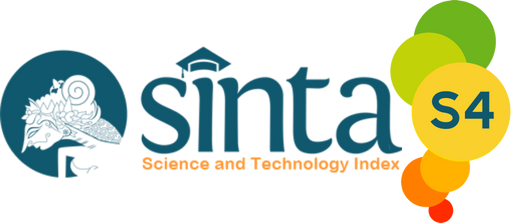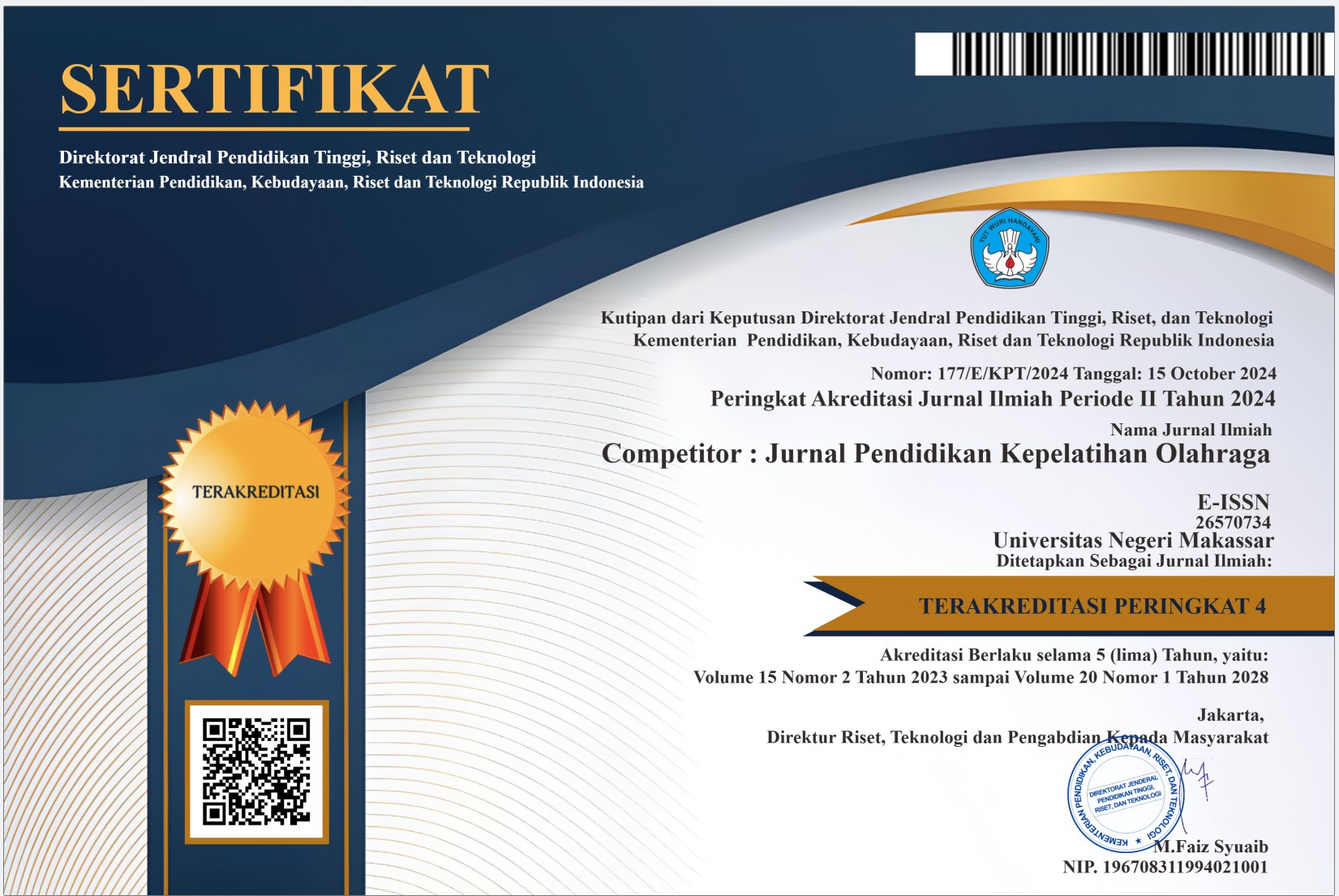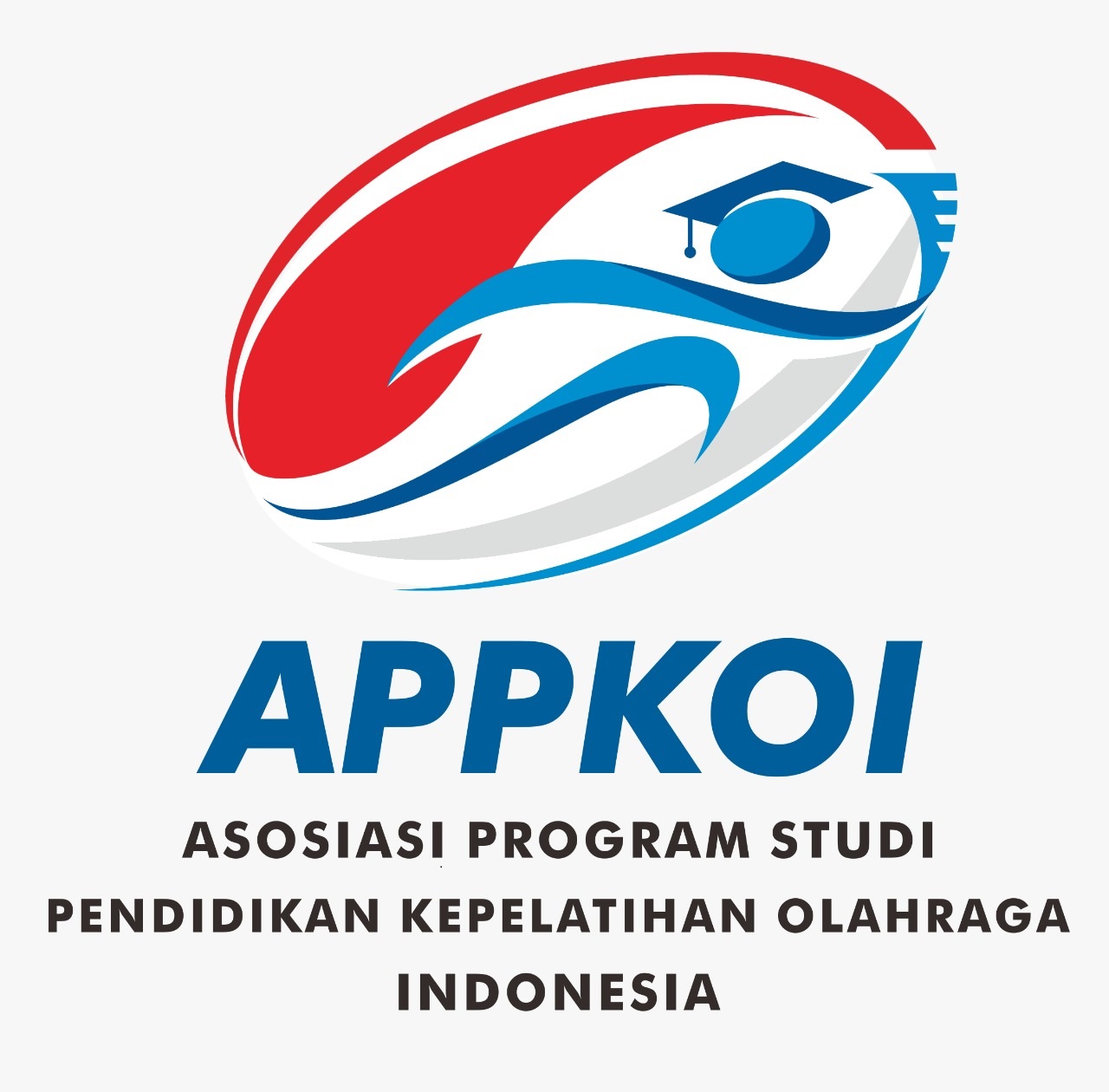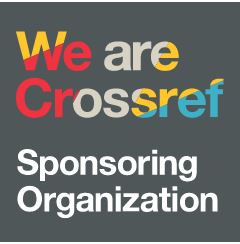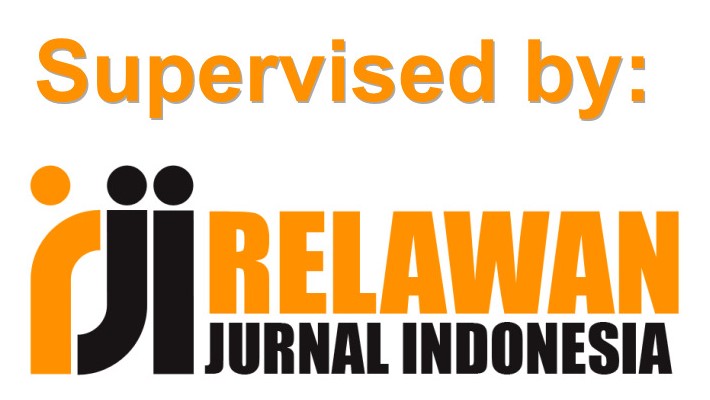The Effect of The Demonstration Learning Model On The Learning Outcomes of Forward Roll In Male Students of Grade V of Darmaraja 1 State Elementary School In The 2023/2024 Academic Year
DOI:
https://doi.org/10.26858/cjpko.v17i2.244Kata Kunci:
Demonstration; Learning Model; Learning Outcomes; Forward Roll;Abstrak
This research is motivated by one of the Physical Education subject matters that elementary school students must master. One of the floor exercise movements that is important for students to learn is the front roll. The front roll is a movement of rolling the body forward by relying on the nape, back, waist and pelvis in sequence. The demonstration learning model is a learning model that has the potential to overcome problems. The demonstration learning model emphasizes direct demonstration by the teacher regarding the steps or stages in carrying out a skill regarding the demonstration learning model. The general aim of this research is to examine the effect of applying the demonstration learning method and improving front roll learning outcomes. The method that the author uses in this research to test the truth of the hypothesis that has been proposed is the experimental method. The population in this study was male students in class V at SD Negeri Darmaraja 1, totalling 30 people, and the author used a sample of 30 people in this study. This research data was collected through a front roll test.
Referensi
Arifin, B., Sulaiman, R., & Ramdani, Z. (2021). Demonstration method in teaching gymnastics: Effects on motor learning. Jurnal Pendidikan Jasmani Indonesia, 7(2), 110–119.
Ayvazoglu, N. R., Oh, H., & Kozub, F. M. (2017). Enhancing fundamental movement skills through task-based learning in physical education. Physical Education and Sport Pedagogy, 22(4), 422–434. https://doi.org/10.1080/17408989.2016.1176132
Bandura, A. (1977). Social Learning Theory. Englewood Cliffs, NJ: Prentice-Hall.
Casey, A., & Goodyear, V. A. (2015). Can cooperative learning achieve the four learning outcomes of physical education? A review of literature. Quest, 67(1), 56–72. https://doi.org/10.1080/00336297.2014.984733
Logan, S. W., Barnett, L. M., Goodway, J. D., & Stodden, D. F. (2018). Comparison of performance on process- and product-oriented assessments of fundamental motor skills across childhood. Journal of Sports Sciences, 36(19), 2163–2169. https://doi.org/10.1080/02640414.2018.1449082
Magill, R. A., & Anderson, D. (2017). Motor Learning and Control: Concepts and Applications (11th ed.). McGraw-Hill Education.
Majid (2013). Metode Pembelajaran Demonstrasi, Bandung Alvabet, cv.
Margono. (2011). Meningkatkan Belajar Roll Depan, Fakultas Keguruan dan Ilmu Pendidikan, Universitas 11 Maret
Nurhasan dan Cholil, H. (2013). Tes dan Pengukuran Keolahragaan. Bandung:
Raiola, G. (2017). Teaching method in physical education and sport. Journal of Physical Education and Sport, 17(2), 74–79. https://doi.org/10.7752/jpes.2017.02010
Rineka Sugiyono. (2010). Metode Penelitian Kuantitatif Kualitatif dan R & D. Bandung:Alfabeta.
Roestiyah, N.K. (2012). Strategi Belajar Mengajar. Jakarta: PT Rineka Cipta.
Rudd, J. R., Pesce, C., Strafford, B. W., & Davids, K. (2015). Physical literacy—A journey of individual enrichment: An ecological dynamics rationale for enhancing performance and physical activity in all. Frontiers in Psychology, 6, 1055. https://doi.org/10.3389/fpsyg.2015.01055
Sahara, S. (2003). Konsep Rangkuman dan Penjelasan: The Physiological Basis of Physical Education and Athletics, Padang. Pasca Sarjana UNP.
Saputra, Rosyid M dan Selamet Riyadi. 2016. “Sistem Informasi Populasi Dan Historikal Unit Alat-Alat Berat Pada PT. Daya Kobelco Construction Machineryindonesia”. Jurnal Penelitian Dosen FIKOM (UNDA). Volume 6, Nomor 2 (hlm. 1)
Silva, A. F., Clemente, F. M., Lima, R., et al. (2020). The effect of different teaching models on physical and technical variables in PE: A meta-analysis. European Physical Education Review, 26(4), 949–968. https://doi.org/10.1177/1356336X19882042
Simamora, R. E., & Wijaya, A. (2019). Implementation of demonstration method in physical education: An experimental study. Jurnal Pendidikan Olahraga dan Kesehatan, 7(1), 23–30.
Slameto.(2015).Belajar dan Faktor-Faktor yang Mempengaruhinya. Jakarta: Rhineka Cipta
Sugiyono. (2017). Metode Penelitian. Bandung: Alfabeta, cv.
Sugiyono, (2018). Teknik Pengambilan Sampel. Bandung: Alvabet, CV
Sulistyorini, T. (2020). Pembelajaran senam lantai pada siswa SD. Jurnal Ilmu Keolahragaan, 9(2), 156–163.
Suryani, N. (2017). The effectiveness of the demonstration method on the achievement of physical education learning. Jurnal Olahraga, 2(2), 84–91.
Sutrisno, B., & Khafadi, M. B. (2010). Pendidikan Jasmani, Olahraga, dan Kesehatan 2. Jarta: Pusat Perbukuan, Kementrian Pendidikan Nasional
Ward, P., Rovegno, I., & Kim, I. (2016). Pedagogical content knowledge and effective teaching in physical education. Research Quarterly for Exercise and Sport, 87(1), 32–43. https://doi.org/10.1080/02701367.2015.1128465
Wijaya, H., & Saptaji, M. (2020). Analisis hasil belajar gerak senam lantai dengan pendekatan demonstrasi. Jurnal Keolahragaan dan Kesehatan, 8(1), 71–79.
Yani, A., & Gunawan, I. M. (2018). Teaching gymnastics through demonstration: Impacts on elementary school student outcomes. Jurnal Pendidikan Jasmani Indonesia, 4(2), 95–103.
Unduhan
Diterbitkan
Terbitan
Bagian
Lisensi
Hak Cipta (c) 2025 Sandra Jaganda Marbun, Sheila Dwi Loviani, Sony Jaya Kusumah Mukaham (Author)

Artikel ini berlisensi Creative Commons Attribution 4.0 International License.

